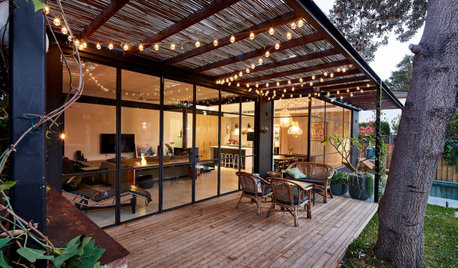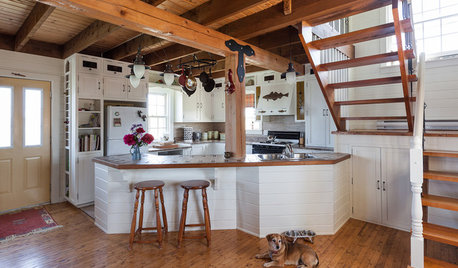which systemic indoors? and how?
greentoe357
9 years ago
Related Stories

LANDSCAPE DESIGNWhich Pergola Is Right for You?
A covered pergola can increase the time you spend in your outdoor living space. Which covering should you choose?
Full Story
HEALTHY HOMEA Guide to Indoor Air Purifiers
Get the lowdown on air filtration systems for your house and the important ratings to look out for
Full Story
FUN HOUZZGeek Lab: How to Build a Steampunk Cat Transit System
Give your kitty another avenue for fun with a tubular walkway system that lets him go his own way
Full Story
GREAT HOME PROJECTSHow to Add a Radiant Heat System
Enjoy comfy, consistent temperatures and maybe even energy savings with hydronic heating and cooling
Full Story
GARDENING GUIDESHow to Install a Drip Irrigation System
Save time and water with a drip watering system in your vegetable garden — a little patience now will pay off later
Full Story
HOME TECHEmerging Virtual-Reality Home Systems Might Blow Your Mind
Get near-total immersion in home entertainment with virtual-reality gadgets worthy of a sci-fi flick, coming soon
Full Story
REMODELING GUIDESWhich Window for Your World?
The view and fresh air from your windows make a huge impact on the experience of being in your house
Full Story
KITCHEN DESIGNHouzz Quiz: Which Kitchen Backsplash Material Is Right for You?
With so many options available, see if we can help you narrow down the selection
Full Story
KITCHEN DESIGNOpen vs. Closed Kitchens — Which Style Works Best for You?
Get the kitchen layout that's right for you with this advice from 3 experts
Full Story
KITCHEN DESIGN12 Great Kitchen Styles — Which One’s for You?
Sometimes you can be surprised by the kitchen style that really calls to you. The proof is in the pictures
Full StorySponsored


vermonthoyas
greedygh0st
Related Professionals
Ballenger Creek Landscape Architects & Landscape Designers · Carson Landscape Architects & Landscape Designers · Piqua Landscape Architects & Landscape Designers · River Forest Landscape Architects & Landscape Designers · Salem Landscape Contractors · Surprise Landscape Contractors · Eustis Landscape Contractors · North Ridgeville Landscape Contractors · Norwalk Landscape Contractors · Smyrna Landscape Contractors · St. Louis Landscape Contractors · Watertown Landscape Contractors · Chicago Ridge Landscape Contractors · Selma Landscape Contractors · Cambridge Driveway Installation & Maintenancegreentoe357Original Author
greedygh0st
greentoe357Original Author